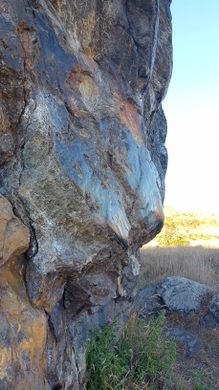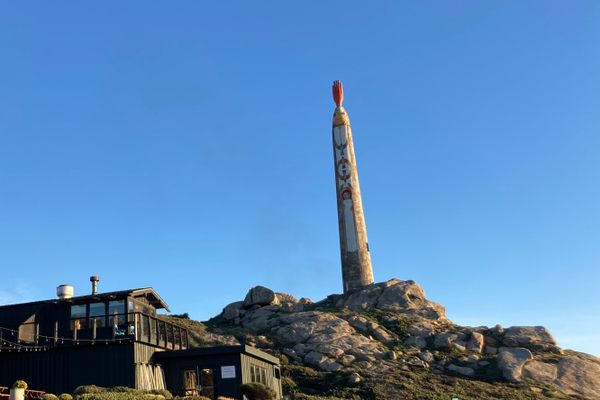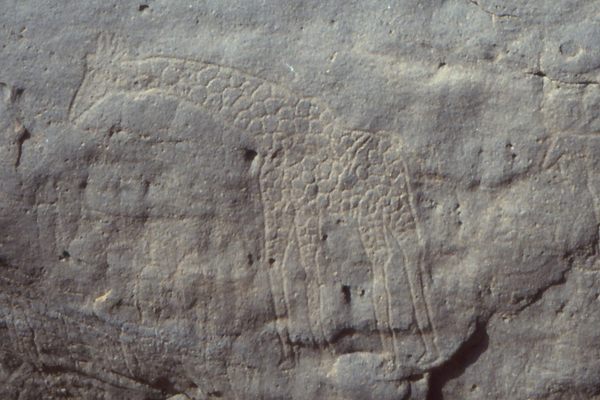AO Edited
Mammoth Rubbing Rocks
Massive prehistoric mammals used these stones as oversized scratching posts.
Finding clues to the prehistoric past doesn’t always entail digging. In the case of the mammoth rubbing rocks near Jenner, California, it’s best to look up.
The atypically smooth, shiny patches on these blueschist rocks in Sonoma County are isolated at between 10 and 14 feet above ground, appropriate shoulder height for an adult Columbian mammoth (Mammuthus columbi). The buffed spots on these stones are too methodical to be the result of natural forces, and they feature the same tiny gravel scratches as modern African elephant rubbing rocks.
As a result, scientists have concluded that this area was once part of an extended mammoth territory. Like modern day elephants and bison, the mammoths groomed themselves by covering their bodies in mud and then scratching it away by rubbing against the massive boulders.
Mammoths roaming within this neck of the woods makes sense, as Columbian mammoths wandered the San Francisco Bay area for many thousands of years. The stones are located in a vast prairie that was once even more sprawling, and they surround what may have been an ancient watering hole. On a flat, gusty landscape like this one, the stones would have been valuable to mammoths not only as scratching posts, but also as protection from the wind.
Today, the rocks are mostly valuable to climbers, who clamber along their more jagged sides to get as close as we smaller animals can get to a mammoth’s-eye point of view.
Know Before You Go
The rocks show up on Google Maps as “Sunset Boulders.” Turn west from Route 1 onto Goat Rock Road. There are about three pull-offs before the road curves to the right. As the rocks are popular with climbers, you'll likely see their cars filling some of the spaces, so you'll know you're in the right place. The rocks are visible from any of the pull-offs, and all of them are connected to the Kortum Trail that leads down to the rocks. There are two groupings of boulders in that area—it’s the smaller one to the north.

















Follow us on Twitter to get the latest on the world's hidden wonders.
Like us on Facebook to get the latest on the world's hidden wonders.
Follow us on Twitter Like us on Facebook